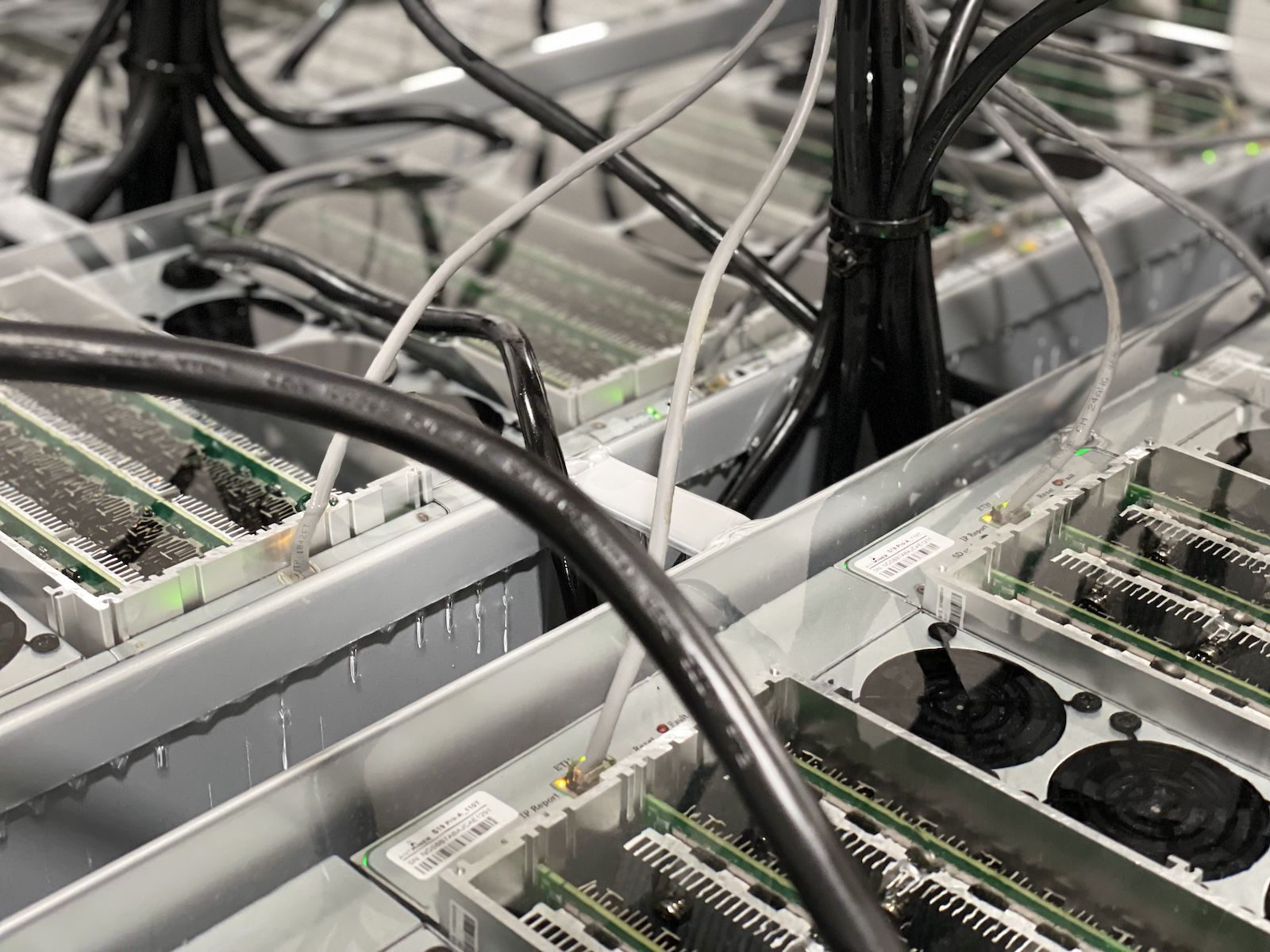Grin Cryptocurrency to Vote on Change to Hard Fork Roadmap

Developers behind privacy-oriented coin Grin are discussing crucial, potential changes to the cryptocurrency’s hard fork roadmap.
Since plans to keep mining decentralized through a series of system-wide upgrades (more popularly known as “hard forks”) may not pan out quite as well as Grin developers have hoped, they are looking to potentially adjust the upgrade schedule.
Prominent Grin developer John Tromp, who invented proof-of-work mining algorithm Cuckoo Cycle, suggested during a bi-weekly Grin Governance meeting today changes to what will go into the next hard fork currently set for mid-July. Now, developers are putting the matter to a vote in two weeks time.
Tromp argued in conversation with other developers:
“The announcement of single chip ASICs for [Cuckatoo-31] has undermined our phase out schedule… which looks like it won’t be able to serve its original intended purpose of thwarting single chip ASICs in the foreseeable future.”
ASICs are expensive, specialized hardware devices designed to optimize earnings for a specific mining algorithm. Developers think it’s bad that ASICs have come to dominate many cryptocurrencies, since the manufacturers are a centralizing force in what’s supposed to be decentralized cryptocurrencies.
When Grin started off, its developers aimed to prevent a “first-mover advantage” towards ASIC manufacturers, instead attempting to promote healthy competition with manufacturers of GPUs, which are less expensive to run. To keep ASICs at bay, Grin developers agreed to hard fork the network every six months and tweak the mining algorithm slightly for a period of two years.
However, such algorithm adjustments were also deemed to be an unsustainable solution to miner centralization in the long-run. As such, developers agreed that over time the network would gradually transition to an explicitly “ASIC-friendly” variant of Tromp’s Cuckoo Cycle called Cuckatoo31+. This would give ample time for many ASIC manufacturers to optimize for this mining algorithm and hopefully ensure a decentralization of ASIC miners on the network.
But this might not be going as planned. At present, roughly 81 percent of Grin blocks are being mined using the ASIC-resistant and tweakable variant of Tromp’s Cuckoo Cycle called Cuckaroo29. The other 19 percent of blocks are mined using Cuckatoo31+, according to Grin ASIC manufacturer Obelisk CEO David Vorick.
In a phase referred to in Tromp’s statements today as the “Cuckatoo-31,” this ratio continues to gradually decline. As developer Daniel Lehnberg estimates in today’s meeting, Cuckatoo-31 is expected to end August 19 of next year. The following phase – Cuckatoo-32 – will result in a total of 55 percent of Grin blocks mined using Cuckatoo31+. Thereafter, the beginning of Cuckatoo-33 in 2023 marks the phase transitioning to a fully Cuckatoo31+ mined Grin network.
However, this current schedule might lead to problems. Both Tromp and Vorick argue that the present schedule needs to be delayed. If not, Vorick maintains that “it will almost guarantee there will be an [ASIC] monopoly at [Cuckatoo-32],” which is exactly what the Grin developers were trying to prevent.
Vorick told CoinDesk:
“We’ve demonstrated with our single-chip [Cuckatoo-31] miner that multi-chip designs are not competitive, and if the phase-out is not delayed, we will be producing a [Cuckatoo-32] single-chip design as well.”
Helping Grin succeed?
This Cuckatoo-32 design “will be expensive and difficult [to build] and will make competing very difficult,” Vorick adds.
“We believe that the mining ecosystem for Grin would be better if it stayed at [Cuckatoo-31], where costs are lower and it’s easier for new competitors to get involved,” said Vorick to CoinDesk.
In light of this information, Tromp proposes:
“Any change to [Cuckatoo31+] cannot take effect until at least 18 months into the future, unless agreed upon by all affected parties.”
“I’m proposing to proceed with more caution, to take a wait and see approach,” said Tromp. “But also to keep our commitment for the next 18 months as ASIC manufacturers must be able to rely on that for investment decisions.”
Writing on a public Grin forum, Vorick shared his concerns about the phased hard fork roadmap. He explained that while other mining hardware manufacturers “are not upfront about the nature of their hardware,” his motivation for disclosing the matter came down to Obelisk wanting “give the community all the information it needs to make informed decisions.”
“We really would like to see Grin [succeed] and we would like to do so by collaborating with the Grin community and letting them know what’s going on before it happens,” wrote Vorick. “We’re looking forward to your thoughts and discussion.”
Grin image via CoinDesk archives










